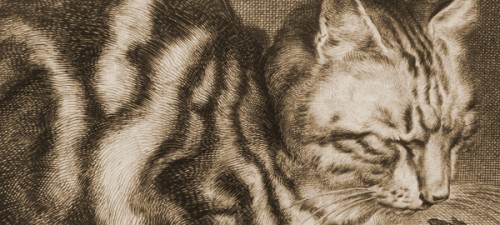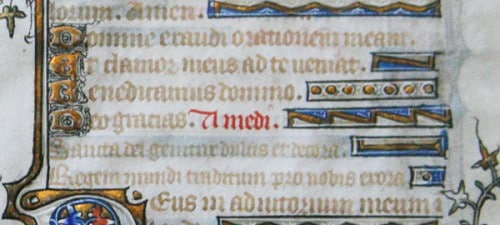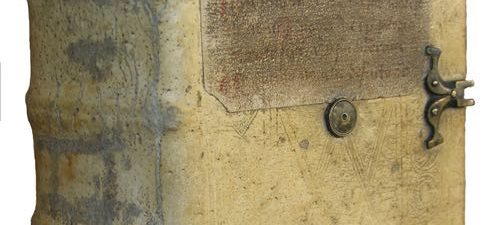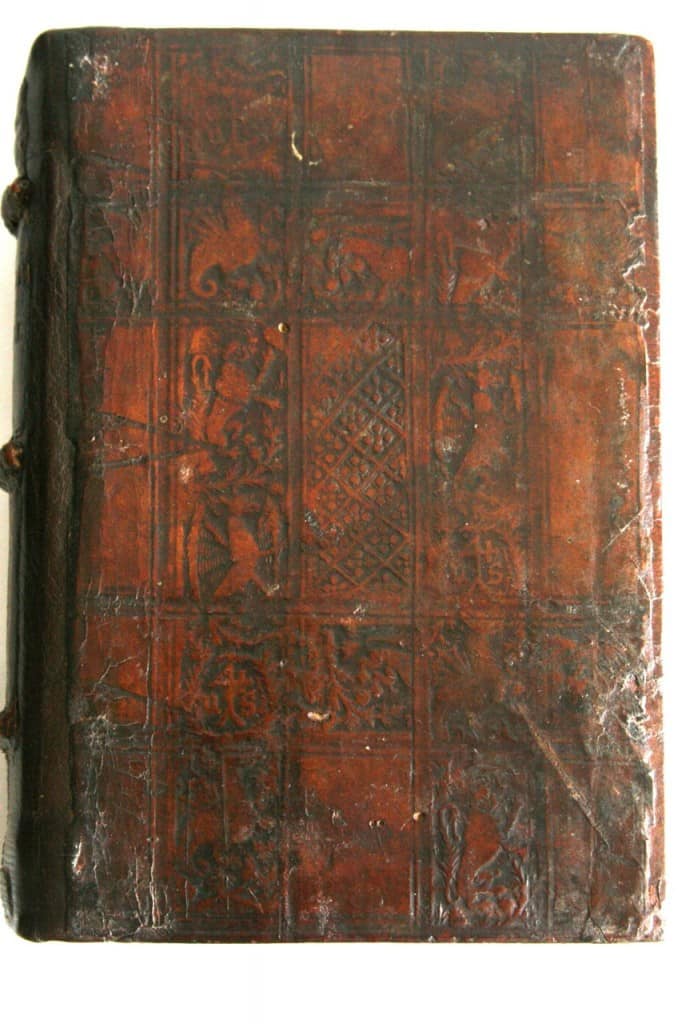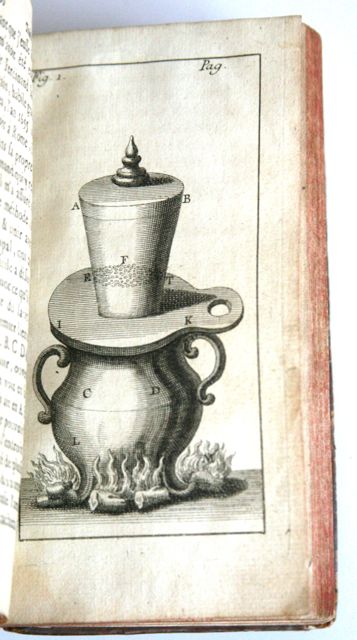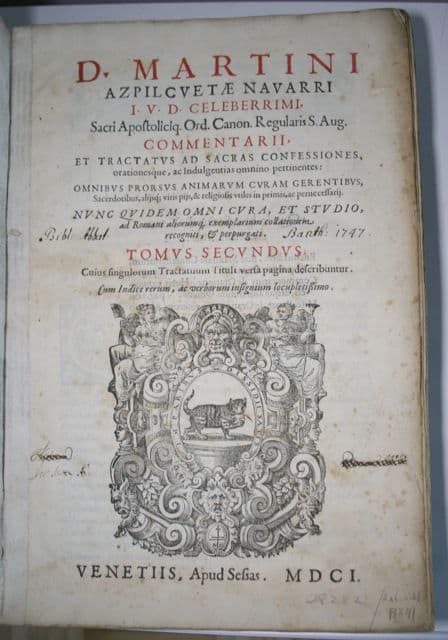July 19, 2011
DATED 1676: IMPORTANT 17th CENTURY AMERICAN DEED
WITH THE EXCEEDINGLY RARE SURVIVING SEAL OF THE MASSACHUSETTS BAY COLONY
Indian holding an arrow pointed down in a gesture of peace, with the words “Come over and help us”
[Americana] [Manuscript] Massachusetts Bay Colony Deed on paper, dated 28 year of the reign of Lord King Charles Second the 8th of November 1676. In Frame approx. 85 x 70 cm., out of frame 59 x 45. Will only be shipped in frame (i.e. not rolled). Retaining the extremely rare Indian seal intact of the Massachusetts Bay Colony and SIGNED by John Leverett as governor. Provenance: Full Provenance back to the Heath and Williams families (who came to America in the early 1600s) provided to purchaser incl. Maj General William Heath, the famous major general in the Continental Army. Condition as depicted. [SOLD]
Regarding the value of this deed, I can locate no records in 30 years of the ABPC auction records, 30 + years of the records in Americana Exchange, or Heritage Auctions complete archives for a Mass. Bay Colony document that has retained the famous seal.
John Leverett was an English colonial magistrate, merchant, soldier and governor of the Massachusetts Bay Colony. See his full biography on Wikipedia: http://en.wikipedia.org/wiki/John_Leverett
The Seal of the Massachusetts Bay Colony:
In 1629, King Charles I granted a charter to the Massachusetts Bay Colony, which included the authority to use a seal. It featured an Indian holding an arrow pointed down in a gesture of peace, with the words “Come over and help us,” emphasizing the missionary and commercial intentions of the original colonists. This seal was used until 1686, shortly after the charter was annulled, and again from 1689-1692. “[Ref: http://www.sec.state.ma.us/pre/presea/sealhis.htm]
“The Indian’s inferiority is demonstrated by his lack of clothing: He is wearing nothing but a loincloth made of leaves, not unlike the wardrobe Adam and Eve were supposed to have put together after eating the apple, a biblical reference that would not have been lost on a Puritan viewer. He is shown as living in a state of almost unadulterated nature, with no housing or society depicted. There are only a couple of trees, a bow, and an arrow, implying that whatever society the eastern Indians had developed revolved around warfare. The irony of the seal is that, in fact, the English settlers generally had no interest in helping the Indians and the Indians did not want English “help.” Of course, the Indians were not in a position to impede the English settlers from achieving their vision of settling America and, as a result, the English helped themselves to the land, usually at the expense of the native tribes. ” [Ref: http://www.irwinator.com/126/wdoc36.htm]
